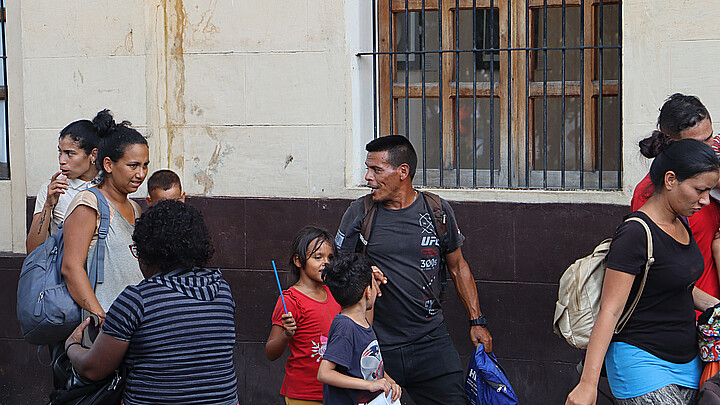Immigration
American artist compiles X-ray images that show migrants crossing southwest border into U.S.
Most of the photographs, captured in 2019, belong to the U.S. Border Patrol and border guard websites

August 26, 2024 4:06pm
Updated: August 27, 2024 9:02am
American artist Noelle Mason has made a compilation of X-ray images that reveal how smugglers illegally move migrants across the border between the United States and Mexico.
Mason, an arts professor at the University of South Florida, gathered the images for her “X-ray Vision vs. Invisibility” (X-Ray Vision vs. Invisibility). Most of the photographs, captured in 2019, belong to the U.S. Custom Border Protection and other border guard websites.
“X-Ray Vision vs. Invisibility is a work on the phenomenological effects of vision technologies on the perception of undocumented immigrants. The images used in this series were collected from the United States Border Patrol and border-watching vigilante websites. This project transforms images created with artificial vision technologies that are used to patrol international borders into artisanal processes,” explains the artist on her personal web page.
Another description of the project, found at the website, LensCulture.
“In order to overcome the limitations of these classic stylings, artist Noelle Mason creates a different type of visual work to address the lived experience of undocumented immigrants in the USA,” the website explains about her project.
“Searching through online databases of digital images, including ‘backscatter’ x-ray photographs, she appropriates seemingly mundane, technical shots and develops them into her own unique pieces. Intrusive x-rays from Border Patrol are printed as cyanotypes, referencing the technical foundation of photography, and are then brought together with hand-woven tapestries that depict areas of conflict at the U.S.-Mexico border—photographs originally made by a satellite.”
The last part of Mason’s creation is titled “Coyotaje,” which consists of “x-stitches, or cross stitches, of undocumented immigrants attempting to cross the U.S./Mexico border,” according to writer Lisa Volpe, who summarized the project at the photography magazine website “Don’t Take Pictures.”
According to Volpe, each irregularity in the process created by Mason is used as a sign of its “handmade, unique nature.”
For instance, the immigrants crossing the border are seen as black forms, moving across a baren environment.
This is meant to represent how migrants are viewed by some in the U.S. and the Border Patrol as mere “bodies,” rather than people who have identities and individual names.
In Mason’s creation, each stitch relates to one pixel of infrared source images. Her use of cross-stitch represents the stark, impersonal attitudes that arise at the border.
“Here, cross-stitch, like border crossing, feels incredibly dangerous,” Volpe writes. “Mason’s works makes the images of the border physical and concrete. While photographic technologies have allowed viewers to see and to experience the world in new ways, our reception of these images is driven by our culture and context.”
Volpe asserts that by giving the images of migrants presence in her work, Mason succeeds transforms how people view images at the border—an area few ever get to personally visit or experience.
Mason won the 2019 Critical Mass Award for these images, which were also exhibited at the Blue Sky Art Gallery in Portland, Oregon, in April 2020.











